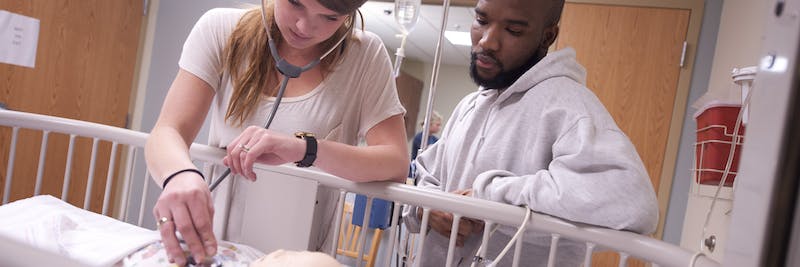Finding common ground in public health nursing education and practice
Document Type
Article
Abstract
Preparation of the public health nursing (PHN) workforce requires public health nurses from academia and practice to collaborate. However, a shortage of PHN clinical sites may lead to competition between schools of nursing for student placements. The Henry Street Consortium, a group of 5 baccalaureate schools of nursing and 13 local health departments in the state of Minnesota, developed a model for collaboration between PHN education and practice. This paper describes the development process-the forming, storming, norming, and performing stages-experienced by the Henry Street Consortium members. The consortium developed a set of entry-level core PHN competencies that are utilized by both education and practice. It developed menus of learning opportunities that were used to design population-based PHN clinical experiences. In addition, the consortium created a model for training and sustaining a preceptor network. The members of the Henry Street Consortium collaborated rather than competed, used consensus for decision making, and respected and accepted different points of view. This collaboration significantly impacted how schools of nursing and local health departments work together. The consortium's ability to retain its relevance, energy, and momentum for both academic and agency partners sustains the collaboration. © 2011 Wiley Periodicals, Inc.
Department(s)
Nursing
Publication Title
Public Health Nursing
Volume
28
Issue
3
First Page
261
Last Page
270
Publication Date
5-1-2011
DOI
10.1111/j.1525-1446.2010.00905.x
ISSN
07371209
E-ISSN
15251446
PubMed ID
21535112
Recommended Citation
Keller, Linda O.; Schaffer, Marjorie A.; Schoon, Patricia M.; Brueshoff, Bonnie; and Jost, Rose, "Finding common ground in public health nursing education and practice" (2011). Nursing Faculty Publications. 53.
https://spark.bethel.edu/nursing-faculty/53


